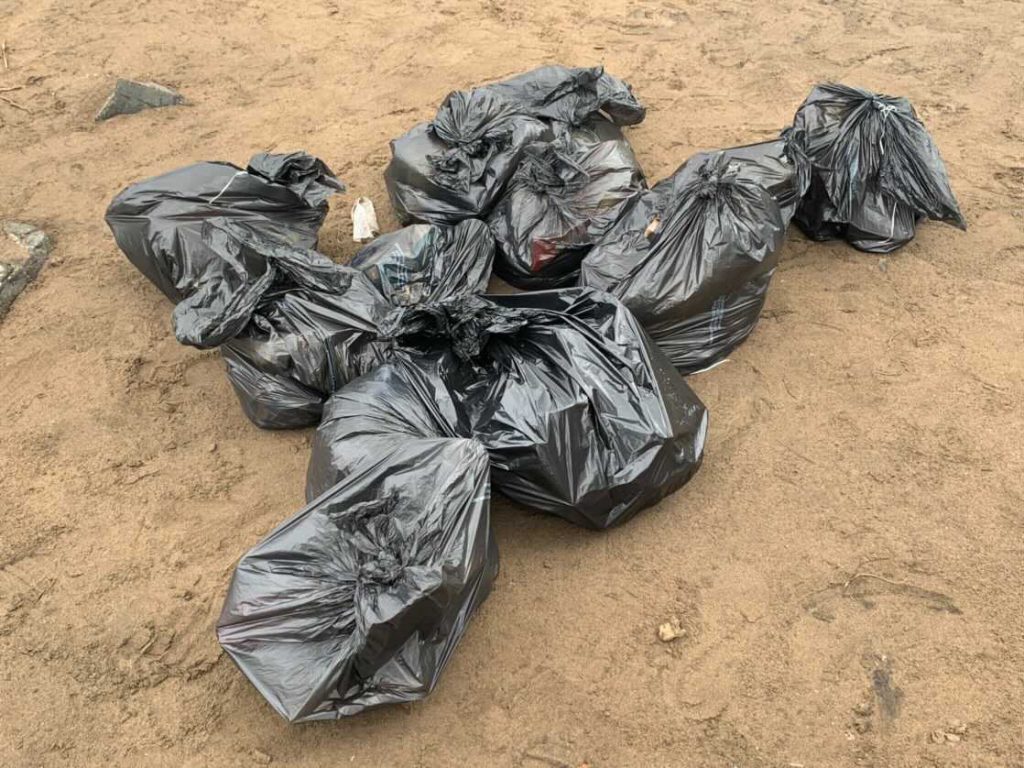Beaches, as beautiful as they are, are often littered with trash from both visitors and the ocean. This not only ruins the beach visually, but also hinders the ecosystem by damaging the vegetation and causing pollution. With the help of a few friends, I decided to visit the nearby beaches and clean them on a bi-monthly basis to help decrease the trash and make them ecologically sustainable.
LO 3 – Developed by planning this CAS experience, which was done through managing the logistics of time and resource management. Some examples of this include preparing trash bags and finding a common time for the group to go to the scheduled clean-ups. A lot of the planning included talking to multiple people and keeping a common google sheet.
LO 4 – A lot of the locations were dirtier environments than I was used to, and cleaning the trash over there meant going out of my comfort zone. A lot of the trash was also hard to pick as it also included broken glass, which meant that an extra level of care had to be established. I also had to commit to going and cleaning multiple times and also waking up early to pick times where the places would be empty and allow for a better timeslot for cleaning. This was something that required a lot of willpower, as I didn’t feel as morally obligated to do the same initially, but that changed over the course of the activity.
LO 5 – I was working collaboratively with other volunteers, which meant that my workload was split and made easier, as we were able to divide the place into parts to help with the clean-up. We also divided two people per bag and filled at least 10 bags every trip, which helped keep everyone motivated. Along with that, it also made arranging for resources easier, as different people brought different resources such as bags and gloves. This also meant that it was a far better and more streamlined experience than it would have been otherwise.
LO 6 – Sustainability is an important issue that I was focusing upon, as pollution largely affects the biodiversity and geological makeup of a place. By cleaning this trash, we were able to help decrease the pollution and aim for a more sustainable planet. Furthermore, this also relates to the SDG of life on land and by extension life below water, and sustainable cities and communities, which are three of the goals the UN hopes to achieve by 2030.
In all, through this experience not only was I able to do my part in cleaning up the planet, but also improve as a person in terms of organising and stepping out of my comfort zone.


